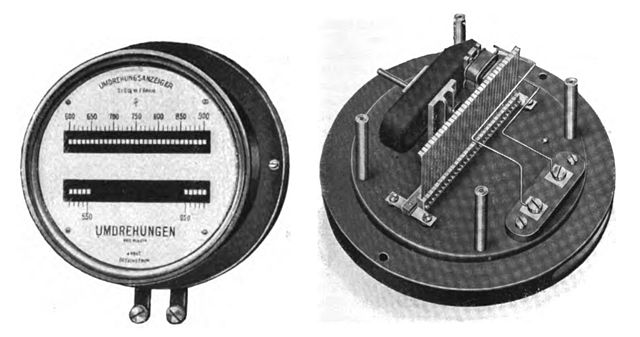A chirp is a signal in which the frequency increases (up-chirp) or decreases (down-chirp) with time. In some sources, the term chirp is used interchangeably with sweep signal. It is commonly applied to sonar, radar, and laser systems, and to other applications, such as in spread-spectrum communications. This signal type is biologically inspired and occurs as a phenomenon due to dispersion. It is usually compensated for by using a matched filter, which can be part of the propagation channel. Depending on the specific performance measure, however, there are better techniques both for radar and communication. Since it was used in radar and space, it has been adopted also for communication standards. For automotive radar applications, it is usually called linear frequency modulated waveform (LFMW).

Spectrogram of an exponential chirp. The exponential rate of change of frequency is shown as a function of time, in this case from nearly 0 up to 8 kHz repeating every second. Also visible in this spectrogram is a frequency fallback to 6 kHz after peaking, likely an artifact of the specific method employed to generate the waveform.
Frequency, most often measured in hertz, is the number of occurrences of a repeating event per unit of time. It is also occasionally referred to as temporal frequency for clarity and to distinguish it from spatial frequency. Ordinary frequency is related to angular frequency by a factor of 2π. The period is the interval of time between events, so the period is the reciprocal of the frequency: f = 1/T.
Modern frequency counter
Image: Resonant reed frequency meter
Image: Czestosciomierz 49.9Hz




